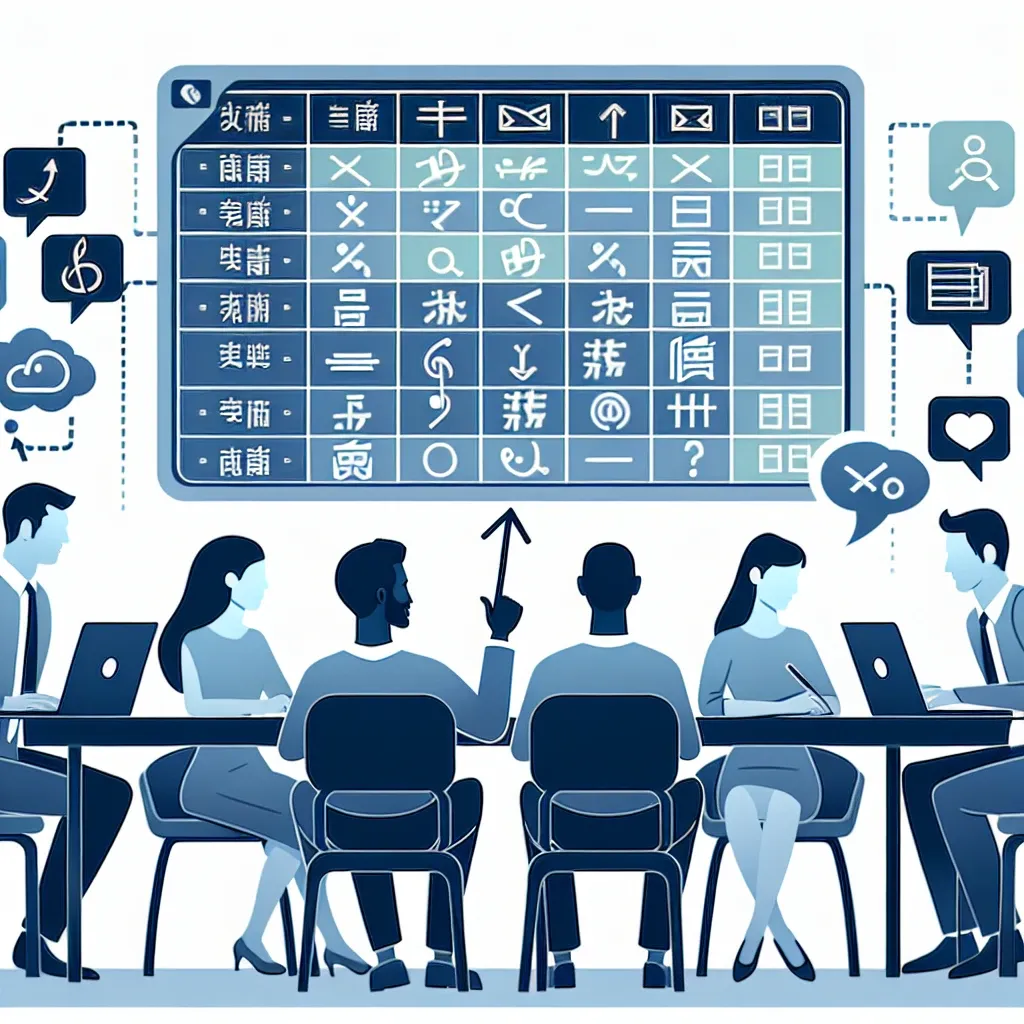Microsoft Unveils Real-Time Translation for Excel Collaboration
Introduction
Collaboration in today’s globalized world often encounters language barriers that can hinder productivity and communication among teams. Recognizing this challenge, Microsoft has launched an innovative solution: real-time translation for Excel collaboration. This groundbreaking feature is designed to bridge the gap between teams working in different languages, promoting inclusivity and enhancing teamwork. In this article, we’ll dive deep into how this new functionality works, its historical context, potential applications, and the future of collaborative tools in an increasingly multilingual workplace.
Understanding the Need for Real-Time Translation
The digital workplace is becoming more global than ever. Businesses now have teams that span continents, and projects often require input from diverse cultures and languages. According to a recent study, over 70% of organizations report that language barriers impede their team communication. This not only affects the flow of information but can also lead to misunderstandings, decreased morale, and ultimately, reduced productivity.
As technology continues to evolve, so do the tools we use for collaboration. Microsoft’s introduction of real-time translation capabilities in Excel is a significant step toward overcoming these barriers.
Historical Context of Translation Technology
The journey of translation technology has been long and winding. From early machine translation systems to advanced neural networks, the evolution has been driven by the need for quicker and more accurate translations. Key milestones include:
- 1950s: The advent of machine translation began with simple phrase-based systems.
- 1990s: Statistical machine translation emerged, allowing for more contextual translations.
- 2010s: The introduction of neural machine translation revolutionized the industry, enabling more fluent and accurate translations.
Microsoft has been at the forefront of this technological evolution, continuously integrating advanced AI into its products, making communication seamless across different languages.
Features of Microsoft’s Real-Time Translation in Excel
The real-time translation feature in Excel is a game-changer for collaboration. Here’s how it works:
- Instantaneous Translation: Users can type in their native language, and the translation will appear in real-time for all collaborators, regardless of their language preference.
- Multi-Language Support: This feature supports numerous languages, ensuring that teams worldwide can work together effortlessly.
- Contextual Understanding: The AI-driven translation takes context into account, improving accuracy over simple word-for-word translations.
- User-Friendly Interface: The integration within Excel means that users can access this feature without learning new software, promoting quick adoption.
How Real-Time Translation Enhances Collaboration
Breaking Down Language Barriers
With real-time translation, team members can communicate in their preferred languages without fear of miscommunication. This inclusivity allows for richer discussions and diverse perspectives, fostering creativity and innovation.
Improving Productivity
By eliminating the need for separate translation tools or services, teams can focus on their tasks. This leads to faster decision-making, streamlined processes, and a more efficient workflow.
Fostering Team Cohesion
When team members can communicate effectively, it builds trust and camaraderie. This environment encourages collaboration, resulting in higher job satisfaction and retention rates.
Potential Applications in Various Industries
The applications of real-time translation in Excel extend across various sectors:
- Education: Educators can collaborate on curriculum development with international partners, sharing resources and ideas seamlessly.
- Healthcare: Medical professionals from different countries can work together on research projects, ensuring that language is not a barrier in life-saving initiatives.
- Finance: Global investment teams can analyze reports and share insights in real-time, enhancing decision-making processes.
- Marketing: Multilingual marketing teams can brainstorm and execute campaigns that resonate with diverse audiences without language hindrances.
Expert Insights
Industry experts believe that Microsoft’s new feature is a significant advancement. Dr. Emily Carter, a linguistics professor, states, “This tool not only facilitates communication but also encourages cultural exchange, allowing for a richer collaborative experience.”
Similarly, tech analyst Mark Jensen emphasizes the necessity of such tools in a globalized economy: “As businesses continue to operate across borders, real-time translation in tools like Excel will become essential for staying competitive.”
Challenges and Considerations
While the real-time translation feature presents numerous benefits, there are potential challenges to consider:
- Accuracy: Despite advancements, AI translations may still encounter context-specific challenges. Users should remain vigilant about potential inaccuracies.
- Learning Curve: Although Excel is widely used, some team members may require training to effectively utilize the new feature.
- Overreliance on Technology: Teams should maintain strong communication practices beyond technology and not solely depend on translations for clarity.
The Future of Collaborative Tools
The introduction of real-time translation for Excel is a glimpse into the future of collaborative tools. As organizations continue to evolve and embrace digital transformation, we can expect further innovations that prioritize inclusivity and efficiency.
Upcoming trends may include:
- Enhanced AI Capabilities: Future versions may offer even more nuanced translations, understanding cultural context better.
- Integration Across Platforms: Potential for real-time translation features to be integrated into other Microsoft applications like Teams and Word.
- Customization Options: Users may have choices to personalize translation preferences based on their specific needs.
Conclusion
Microsoft’s unveiling of real-time translation for Excel collaboration marks a pivotal advancement in the way teams communicate and collaborate across language barriers. By empowering users to work in their preferred languages, this feature promotes inclusivity, enhances productivity, and fosters stronger team cohesion. As the digital landscape continues to evolve, tools like this will undoubtedly play a critical role in shaping the future of work, ensuring that language is no longer a barrier but a bridge to collaboration. Embracing this change is not just a technological upgrade; it is a step toward a more connected and collaborative world.

